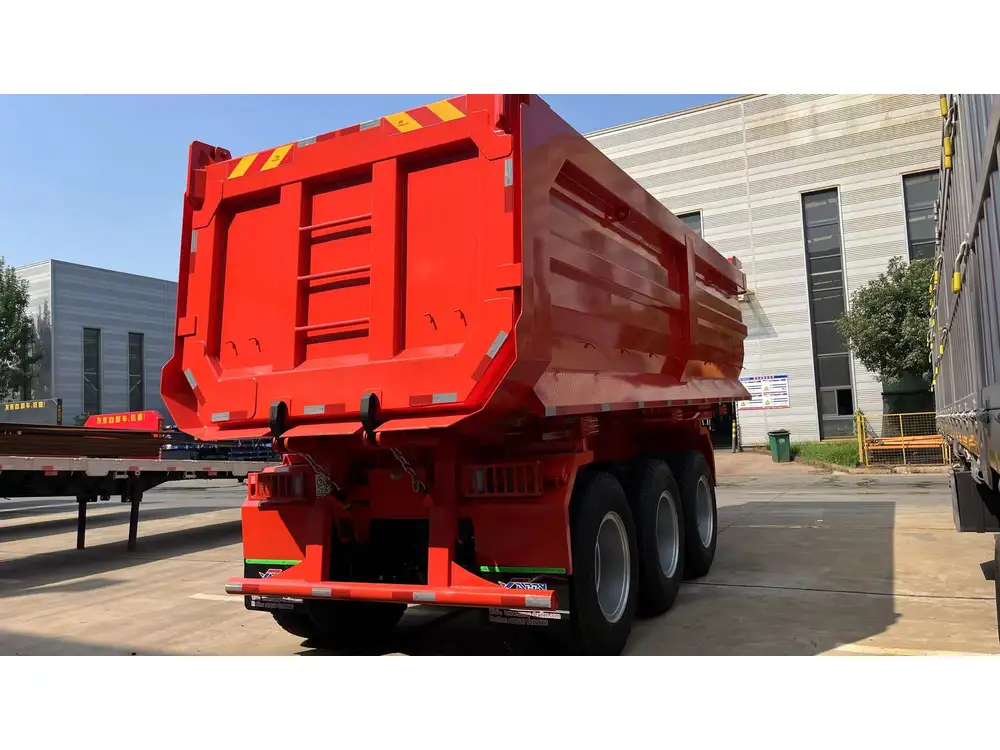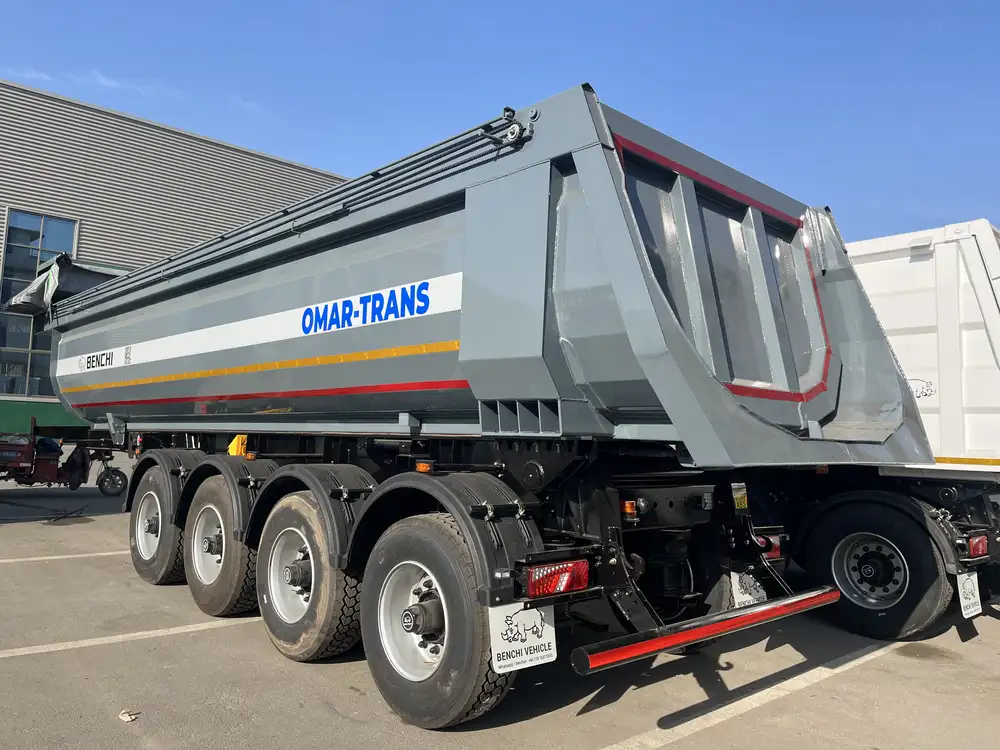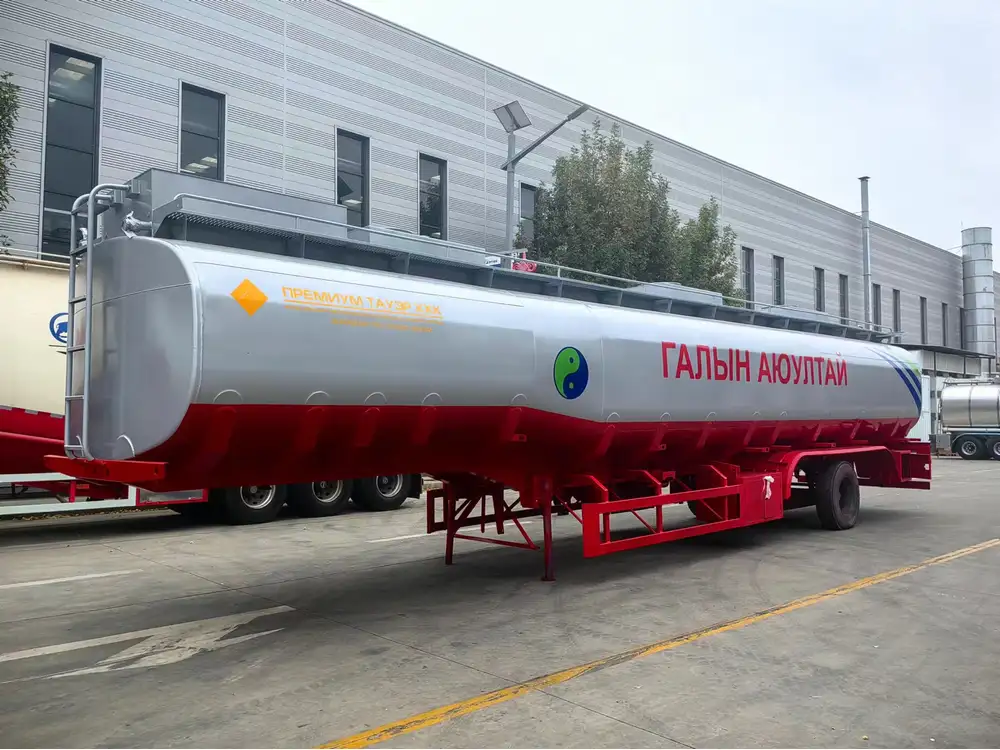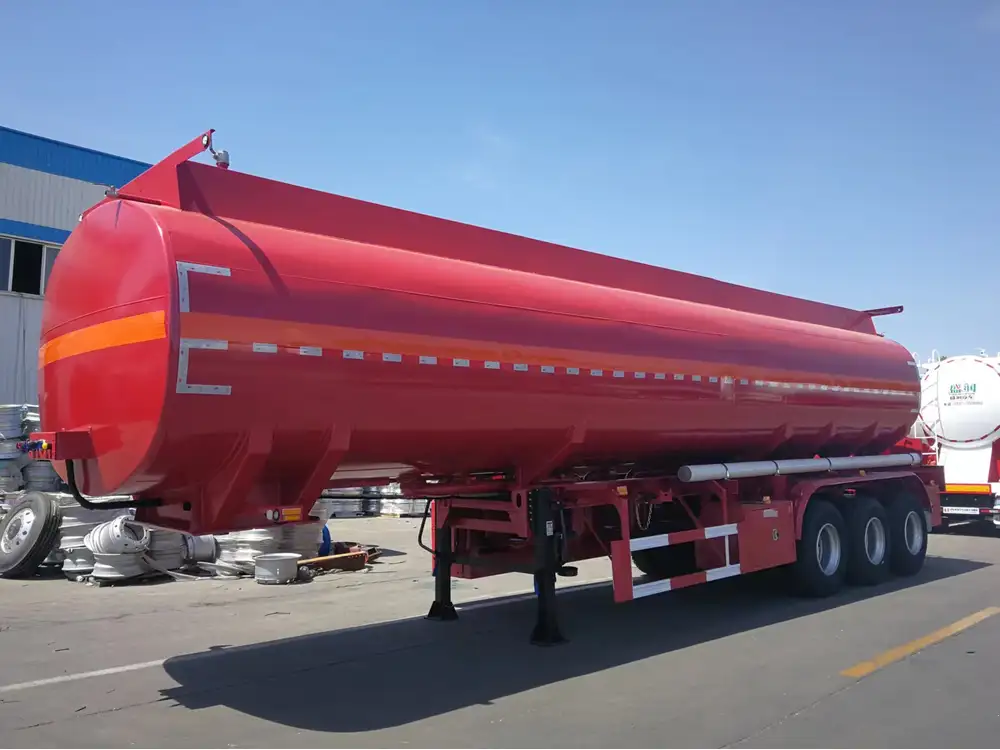Introduction to Curtain Side Trailers
In the ever-evolving landscape of logistics and transportation, the curtain side trailer stands out as a versatile and practical solution for hauling various types of loads. Characterized by their flexible side curtains, these trailers allow for easy loading and unloading from either side, making them particularly beneficial in tight spaces or busy environments. Yet, while they offer numerous advantages, understanding how to properly secure the cargo within these trailers is crucial for preventing damage and ensuring safety on the road. This guide provides an in-depth look at strapping a curtain side trailer effectively and safely.
Understanding the Components of a Curtain Side Trailer
Before diving into the intricacies of strapping a curtain side trailer, it’s essential to familiarize ourselves with its key components. Comprehending these elements enhances the efficiency of the loading and strapping processes.
| Component | Description |
|---|---|
| Curtains | Flexible fabric that covers the sides of the trailer, which can be opened for loading. |
| Frame | The structural skeleton that supports the trailer and its cargo. |
| Tie-Down Points | Anchor points where straps are secured to hold the cargo in place. |
| Load Bars | Horizontal bars that run across the width of the trailer, helping to distribute the load evenly. |
| Spreader Bars | Additional bars that can expand across the trailer’s width for larger loads, preventing excessive shifting. |

The Importance of Proper Strapping Techniques
Effective strapping techniques play a pivotal role in ensuring both the load’s stability and the trailer’s safety during transit. Without proper strapping, cargo can shift, leading to potential accidents, product damage, or legal liabilities. Thus, implementing an organized and systematic approach to this process is necessary.
Step-by-Step Process for Strapping a Curtain Side Trailer
Step 1: Prepare Your Equipment
Before starting with strapping, gather all necessary tools and materials:
- Quality Straps: Opt for ratchet or cam buckle straps that meet the required strength for your cargo payload.
- Tie-Downs: Check the working load limit (WLL) and ensure compatibility.
- Load Bars or Pallets: Use these to keep the load steady.
- Safety Gear: Don gloves to protect your hands and ensure working safely.

Step 2: Load the Trailer
- Positioning the Load: Distribute weight evenly to maintain balance throughout the trailer.
- Heavier items should be placed at the front and lower than lighter items.
- Utilize Load Bars: Employ load bars to hold the cargo in place, preventing it from moving during transport.
Step 3: Securing the Cargo
- Identify Tie-Down Points: Locate the designated tie-down points along the interior structure.
- Attach Straps:
- Thread the strap through or over the load and attach it to secure tie-down points.
- For wider loads, use spreader bars to distribute tension evenly.
Step 4: Ratchet or Tighten Straps
- Adjust the Straps: Ensure there is minimal slack in the straps. This is critical for stability but avoid over-tightening, which could damage the cargo.
- Use Proper Ratcheting Technique:
- Pull the strap through the ratchet mechanism to tighten it.
- Ratchet until the cargo is held firmly but not excessively.

Step 5: Final Check
- Inspect the Load: Perform a thorough inspection to ensure that everything is secure and that no items can shift during transit.
- Close the Curtains: Securely close the side curtains to protect the cargo from the elements. Verify that the curtains are locked in place with their appropriate mechanisms.
Tips for Effective Cargo Strapping
- Use the Right Equipment: Always select straps according to the weight and type of cargo to ensure proper support.
- Double Check Everything: Regularly review your straps and the cargo before hitting the road, particularly on long trips.
- Train Employees: If operating a fleet, ensure that all drivers and loaders understand proper strapping techniques through training.
- Maintain Your Equipment: Regularly inspect straps and tie-down points for wear and tear to prevent failures during use.
Common Mistakes When Strapping Curtain Side Trailers
Wising up to common errors can help avoid unnecessary mishaps. Below are some prevalent pitfalls:
| Mistake | Consequence |
|---|---|
| Not using enough tie-downs | Increased risk of load shifting, safety hazard |
| Using damaged straps | Potential product damage; safety threat during transit |
| Failing to tighten properly | Excessive cargo movement can lead to accidents |
| Overloading beyond limits | Legal repercussions and safety violations |

Troubleshooting Strapping Issues
When strapping challenges arise, addressing them swiftly is paramount. Here’s how to troubleshoot common issues:
- Straps Slipping: Adjust the tension and ensure the strap is properly anchored.
- Load Shifting: Reassess your loading method; consider redistributing the load.
- Wear and Tear on Straps: Replace any damaged straps immediately; it’s not worth the risk.
Innovative Solutions for Enhanced Strapping
Emerging Technologies
Integrating technology into the strapping process enhances efficiency and safety. Consider utilizing:
- Electronic Load Monitoring: Systems that provide data on load security and weight distribution.
- Sensor Systems: Offering real-time tracking of strap tension and cargo security.

Manual vs. Automated Strapping Systems
| Feature | Manual Strapping | Automated Strapping |
|---|---|---|
| Cost | Generally lower cost | Higher initial investment |
| Labor Requirement | Requires significant manpower | Reduces labor dependency |
| Efficiency | Time-consuming | Faster and more consistent |
| Flexibility | More adaptable to diverse loads | Limited to specific scenarios |
Conclusion
Effectively strapping a curtain side trailer is not merely a procedural task; it is a vital component of safe and efficient transport. By understanding the intricacies of your trailer’s design, employing the correct tools, and following industry-best practices, you can mitigate risks and ensure that your loads reach their destination securely.
Whether you are an experienced professional in logistics or a newcomer to the industry, taking the time to learn and apply proper strapping techniques will pay dividends in safety, efficiency, and cargo integrity. Remember, in the world of logistics, knowledge is power—and strapping your cargo correctly is one of the most critical skills you can master.
With this comprehensive guide at your disposal, we encourage all transportation professionals to apply these principles diligently. Let’s champion safety, efficiency, and adherence to best practices within the realm of curtain side trailers for an improved transport experience.



